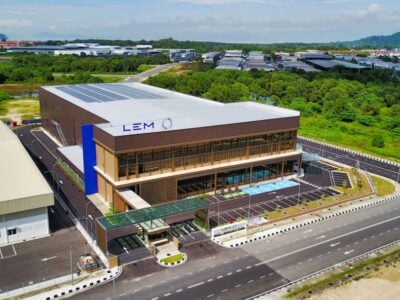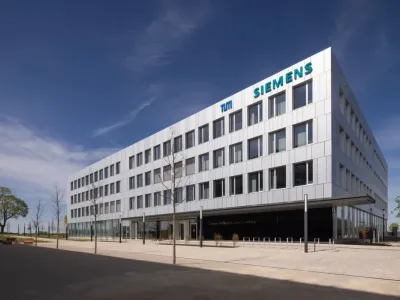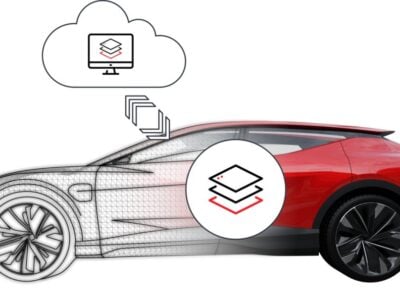
ADI’s supercar bet pays dividends
Supercars tend not to push the boundaries of electronics. In their focus on speed and driving experience, electric operation and semiconductors are less of a requirement.
Ten years ago, Mate Rimac in Croatia set out to develop a fully electric supercar using the latest technologies. Just after shipping its second supercar, his project saw a dramatic move, merging his car business Rimac Automobili with another supercar marque, Bugatti.
Supporting a small startup with big plans for a hugely expensive car was a significant move for Analog Devices. But the creation of the Bugatti Rimic joint venture alongside Porsche in the Volkswagen group marks a key step forward for ADI and another technology partner, Nvidia.
ADI had been working with Rimac for several years on how its wireless BMS technology, acquired with the Linear Technology acquisition in 2016. The wireless technology was re-built from the ground up for reliable communications with BMS applications in mind to replace the cabling. The first production supercar, the €2m Nevara, is the ultimate high end application where every gram of weight counts, but it marks a technology proof for ADI.
The deal with Bugatti will give the rest of the group, from Porsche to VW and Audi access to the BMS technology. Through the separate battery company, Rimac Technology, other global OEMs can access the technology, including investor Hyundai.
Nvidia is another beneficiary of the move. The car has 12 ultrasonic sensors, 13 cameras and 6 radars all feeding the Pegasus system from Nvidia with two Xavier SoCs and two Turing GPUs. This runs an AI Driver Coach that provides guidance to optimize and enhance the driver’s performance on the race track. The system overlays selected race circuits in real-time, offering clear and precise audio and visual guidance, to enable drivers to perfect their racing lines, braking and acceleration points and steering inputs.
The Driver Coach feature will become available in 2022 and launched via over-the-air upgrades to the Nvidia hardware already delivered in Nevera cars.
The vehicle also feeds operational data back to an app for the user and anonymously back to Rimac via a system it calls M2M.
“This is it. This is the car I had in mind when I embarked on the ‘impossible’ journey ten years ago. All our hard work has resulted in the Nevera – our record-breaking hypercar. This car was born to outperform, and to raise the bar, redefining the norm for performance cars. And not only in performance – but as an all-around package,” said Rimac.
“When we first revealed the C_Two, we set our targets extremely high. There was nothing else that could even come close to matching the car’s cutting-edge electric powertrain and extreme performance. But for us, that was only the starting point,” he said.
Rimac still has big plans. A €200m design centre in Croatia will be able to house 2500, including the Bugatti headquarters when it opens in 2023 as a techology power house.
www.rimac-automobili.com; www.analog.com
Related articles
- Bugatti pushes VR design of Divo supercar
- Battery management deal for Croatian electric hypercar
- Wireless BMS gives supercar batteries a second life
- TI takes on ADI, Infineon with wireless BMS
- Space grade carbon fibre battery cooling for electric supercar
Other articles on eeNews Europe
- Imec tackles interconnect heating at 1m
- Prophesee in China partnership
- European tech SPAC deals in 2021
- Apple and Intel to get first 3nm chips from TSMC
- Asian lockdown creates global MLCC capacitor shortage
- £1bn battery gigafactory for UK
 If you enjoyed this article, you will like the following ones: don't miss them by subscribing to :
eeNews on Google News
If you enjoyed this article, you will like the following ones: don't miss them by subscribing to :
eeNews on Google News




